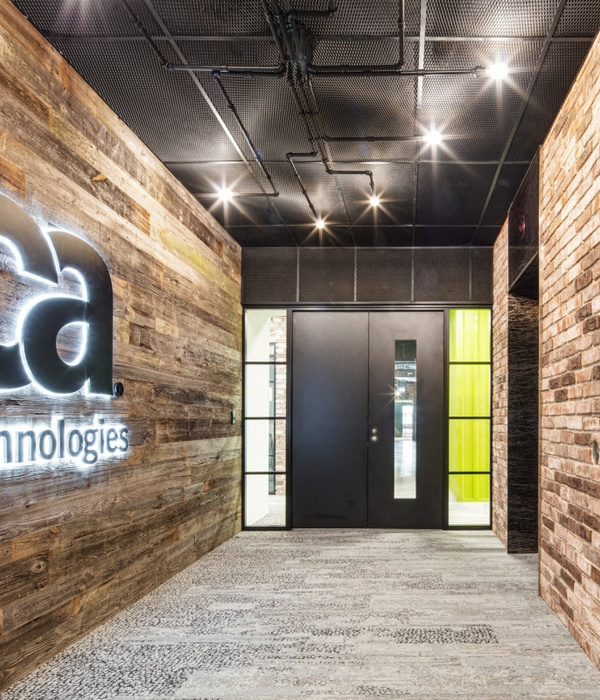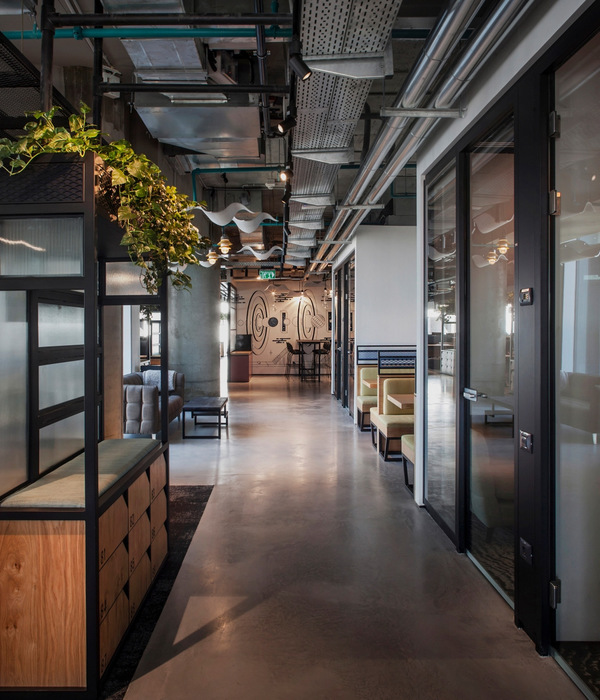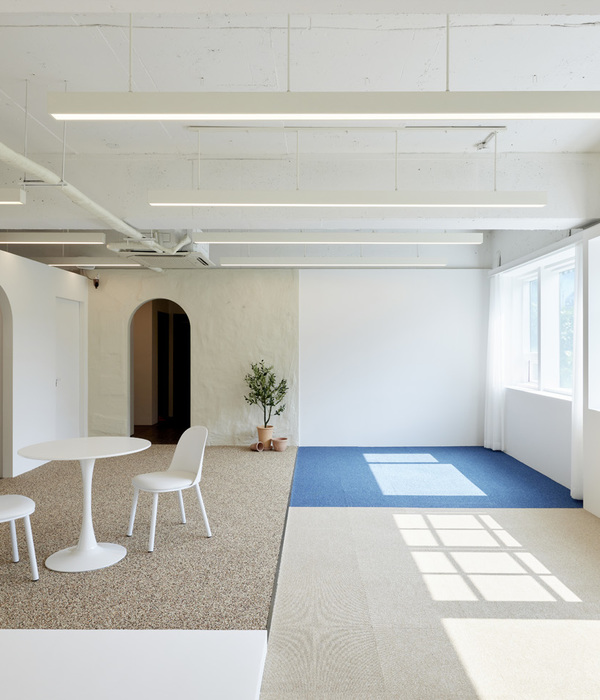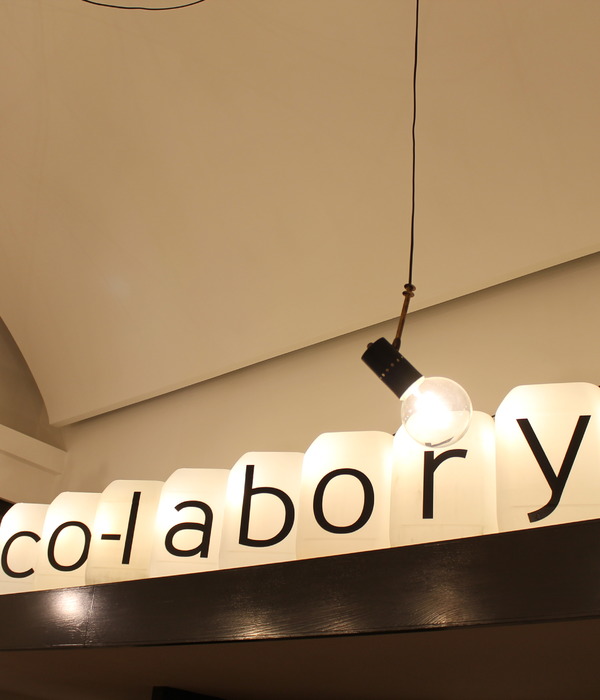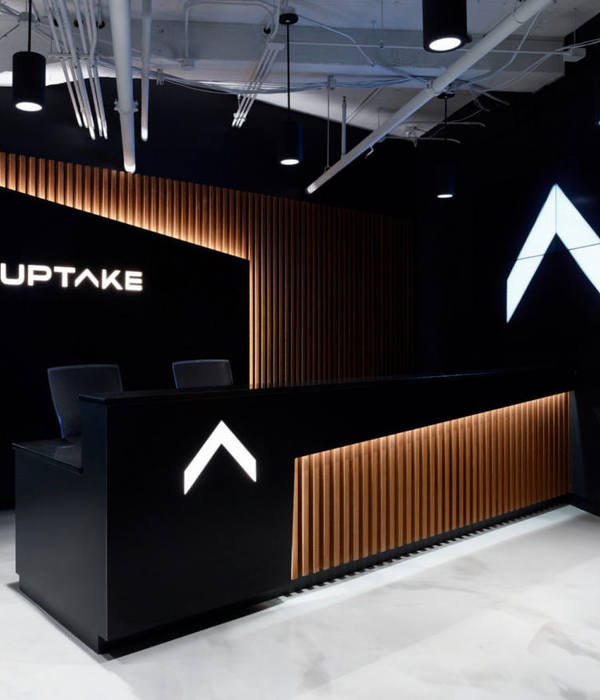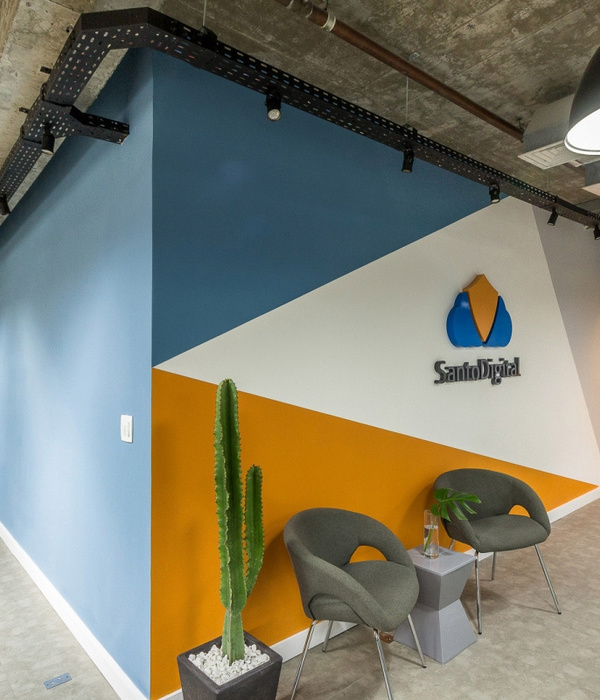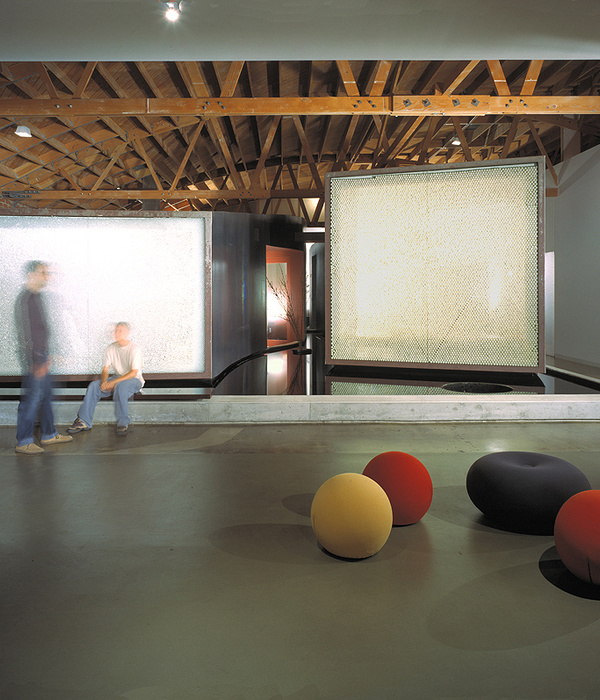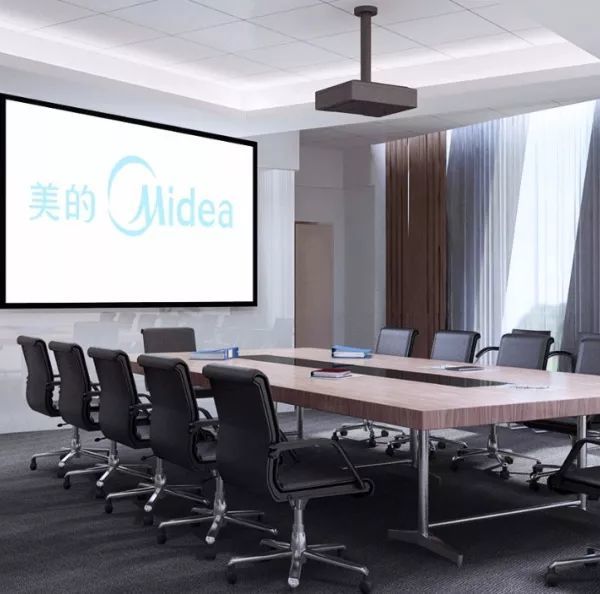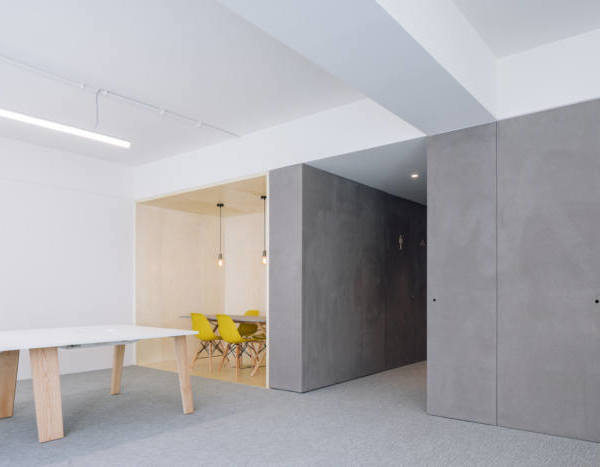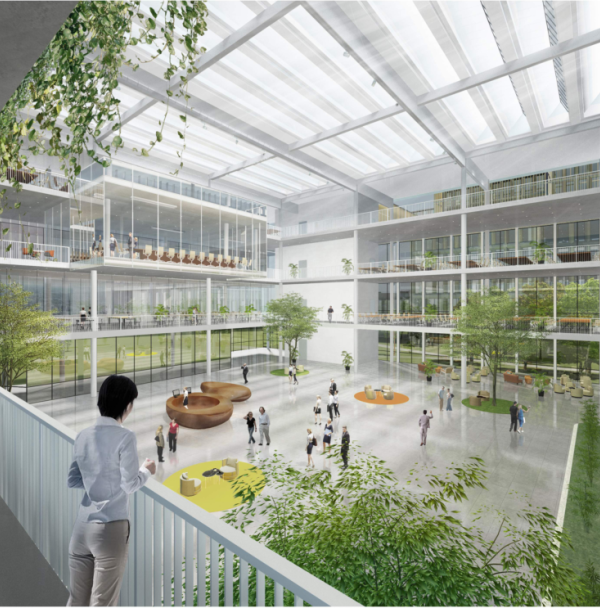Commerce is a constantly evolving universe. Ever since the first primary forms of exchange, the urban space has always served as a backdrop for economic interactions. However, with the transformation of our consumer habits, the close connection between the commercial function and the physical presence in the public space has tended to fade.
Commercial streets, as the real spatial frameworks of these interactions, have suffered from notable impoverishment since the advent of the online economy, with the gradual disappearance of the small spaces that accommodated retailers, who can no longer compete with an economy characterized by its ubiquity and instantaneity.
The LAUR project is evidence of this reality. Formerly a service business, this expansive storefront was chosen by a new occupant to develop office spaces for its senior executives. With very little density and a fair amount of privacy, the program’s quality did not lend itself to exposure to the public domain as explicitly as the site’s original layout. This situation, specific to the places of exchange of commercial spaces, is characterized by high exposure to the street, which does not necessarily allow easy reappropriation for other purposes.
The proposal is evidence of this problem. From the outset, it establishes a twofold landscape: one interior and the other exterior. The work spaces are designed around a succession of masonry blocks that recreate a sort of bright outdoor urban environment, decompartmentalizing the work spaces through a maze in the same place. Large skylights reproduce natural light overhead and randomly punctuate the nature of the lighting. This much more diaphanous light also contributes to a feeling of being outdoors. The space was sunken to allow full penetration by natural light to the lower level, offering a double-height meeting place for employees, as a pivot point among the multiple adjacent functions. This breakthrough offers a sculptural quality and proposes a centrality for the entire layout, breaking the storefront nature of these spaces traditionally linked to the street.
Large linen sheer curtains filter the light from the big former outdoor display windows, bringing their quality to the same level as skylights to close in the interior space from the street. A few glass partitions, laminated with linen fibre, break down the filter concept inside the space and offer another way to qualify decompartmentalization of work, not in the absolute but in its nuance. Giving an impression of softness, this modulation of natural light is central to the layout concept, seeking to establish a new mediation with the character of the commercial street, which itself is being redefined.
{{item.text_origin}}

